Mission Engineering SP-H9 Expression Pedal Review
A Company on a Mission:
It’s a fair assumption to think that most boutique builders start out with the intention of filling a specific niche, or to fulfill a need that isn’t being addressed by current market offerings. Mission Engineering could be considered a case in point. Although Mission has never really tried to sell itself as a “boutique” company, it nevertheless can by definition be considered as such. Established 2009, Mission Engineering started working from out of founder, James Lebihan's, home garage in Petaluma, California. The emerging company’s first “product on a mission” was their Mission SP-1, an innovative switching expression pedal designed to work with the new generation of digital amplifiers and effects. We hear a lot of buzz and hyperbole now-a-days about boutique effects, instruments, accessories, and such – especially within the guitar slingers’ community. While it is true that many of these so-called boutique offerings are well constructed from premium materials, and boast nifty features that outshine those of the bog-standard variety found on retail shelves, they aren’t always truly boutique in the strictest sense of the word. Examples of a departure from boutique status to mass-produced retail lines are companies such as: Wampler, JHS, and Strymon.
What’s in the Box:
Eschewing the common practice of utilizing the most cost effective, (read: cheapest) shipping materials from overseas, my SP-H9 came double-boxed in a durable shipping carton. The packaging alone immediately gives one a sense of confidence that we’re dealing with some top grade stuff here. Un-unnn! None of that flimsy, cheap, barely-thicker-than-a-greeting-card stuff (the kind that many products are being retailed in these days) is to be seen. The actual product box that I received is a thick-walled, plain white box that securely holds its precious cargo in place with absolute minimal slippage. Plainly stamped on the box are the comforting words of quality assurance: “Made in USA” - I suspect that holds true for both the contents and box alike. *Wink.
:: Click to Zoom Pictures ::
Build Quality & Form:
Weighing in at just a little over three pounds (3 Lbs.), the SP-H9 has some strapping, athletic heft to it. Go ahead – give it a good shake, but you won’t hear (or feel) any loose, rattly bits. The all-metal chassis shows off smooth, graceful lines and exudes a classy, uptown presence. I didn’t actually want to mar its gorgeous white finish, but for my investigation’s sake, I did tap all over the chassis with a medium-sized, plastic screwdriver handle. I’m happy to report that there were no resultant chips, marks, nor dents. In all fairness, I do not suspect that most buyers would be so careless as to toss this beautiful piece of sculpture into a dusty gig bag, where it could get knocked against old stomp boxes and metal guitar jacks. Nevertheless, just in case someone was foolish enough to do so, the finish seems to be quite hardy and impervious to accidental mishandling. The pivoting ‘gas pedal’ itself is slip resistant thanks to a thick, treaded rubber pad that pretty much covers the entire top surface. Of course, Mission’s unmistakeable logo crowns the upper portion of the pad, adding a spiffy, yet austere appearance. In keeping with the anti-slip theme, we find a quad set of sturdy rubber feet on the bottom of the expression pedal – and don’t you know, they’re the good gripp-y kind. As you’d hope for, the toe switch seems to be quite beefy and ‘feels’ like it’s a Switchcraft brand, or similarly well-made component. The pivoting action of the pedal is smooth and consistent, yielding a reassuring, firm resistance throughout its arc. The gear mechanism is honest-to-goodness metal; lubricated with a healthy glob of white mechanical grease. To prevent clanks, clacks or scrapes, there are a pair of rubber shocks at the top of the pedal and a rubber stopper at the heel. A small, round felt pad protects the toe-switch from getting crushed. Each of the ¼ “ I/O jacks are decidedly sturdy and provide solid, snug cable connections.
:: Click to Zoom Pictures ::
Performance and Functionality:
As stellar as the above-mentioned build quality proves to be, the looming question before the round table is: Just how well does this knighted, shiny white potentiometer carry out its mission?”
Quite frankly, I was expecting the SP-H9 to function perfectly with my Eventide unit requiring very little, if any, twiddlesome hoop jumping. After all, if a device is touted as being a speciality gizmo, one expects it to live up to its claim . . . right? My presumption was not unfounded as that’s exactly what my initial encounter turned out to be – truly plug and play! I connected an ordinary ¼ “ TRS cable from Output 1 of the expression pedal into the H9’s expression input jack. Et voila! The SP-H9’s red LED shone brightly and the expression control was effectual straightaway.
I've used classic "Cry Baby" pedals, old Morley Wahs, and various others - including a Roland EV-5 expression pedal. SP-H9's pivot range is just a tad too shallow (for me personally). Notwithstanding, I do agree with Mr. Shedden that Mission Engineering has indeed crafted a pretty good 'happy medium' for Wah effects, changing faux Leslie (Rotary) speeds, and many other expression tasks on the Eventide H9. Fear not! You will not be sorely disappointed if you purchase one of these magnificent controllers; just don't expect as wide a sweep as you've been accustomed to on some other heel-rocking-gadgets. The SP-H9 uses pretty much the same casing and footprint that other Mission Engineering pedals do; such as the Mission EP-1.
>> Click here to read my in-depth Mission EP-1 Review <<
:: One tap or two, Sir?
So here's the rub. In addition to the SP-H9 being righteously compatible with its Eventide namesake as a typical expression controller, it also provides an onboard toe-switch. Over and above that, you can connect a second momentary switch thanks to its auxiliary input jack - how cool is that!?
Various assignments can be set for the toe-switch (and auxiliary switch, if connected). Since this is a review article and not a How To Document, I won’t bore you with superfluous details. Nevertheless, a good example of why you might want to use the onboard toe-switch would be to commission it to activate the H9’s built-in tuner. While this might sound like too simple a task to delegate to the SP-H9, it frees one from having to bend down for the purpose of pressing & holding both of the H9’s switches for three seconds, just to access the tuner functionality. Perhaps you’d rather designate the toe switch to trigger the “Performance Button” (a.k.a. middle footswitch) on the H9. In total there are 16 assignable Aux switch mappings at your avail - six of them are dedicated to the H9's Looper. Additionally, there are 10 more empty slots whereby you can concoct your own mapping assignments.
:: Click to Zoom Pictures ::
Concluding Remarks:
On a scale of 1 to 10, it is this reviewer's honest-to-God opinion that the Mission Engineering SP-H9 Expression Pedal deserves a lofty rating of 9.5. I've demerited a mere half point on account of the slightly shallow pivot range. Otherwise, I deem this unit to be faultless in design, performance and build quality. The ease of implementation with an Eventide H9 is unparalleled. Facilitating an auxiliary momentary TS switch seriously kicks it up a notch; allowing easy-peasy tap tempo adjustments. If you already subscribe to the Eventide H9 eco system, I can’t recommend this one highly enough!
:: Click to Zoom Pictures ::
Brother Charles is a freelance writer, Gospel music artist and minister. Charles had been a professional touring musician during the nineties; working primarily as a lead guitarist in the Canadian country music industry. Brother Charles is also involved with music production and quality home recording."
0 Comments
Your comment will be posted after it is approved.
Leave a Reply. |
NO SPAM! IK Multimedia Group Buy
FX Pick & Mix Group Buy - up to 16 for the price of 1
Will You Help?Web hosting is getting more and more expensive all the time, and Reviewer's Revival is NOT funded nor supported by any commercial enterprise or business. A donation of any amount is greatly appreciated. Even $2 or $3 for a coffee - every little bit helps. Thanks very much.
Legal BlurbAll of the articles published on Reviewer's Revival are undertaken to be purely objective, impartial reviews. Reviewer's Revival is not owned, funded-by, nor hired by any company or individual. Reviewer's Revival is the sole property of, and solely under the discretion and direction of Brother Charles. |

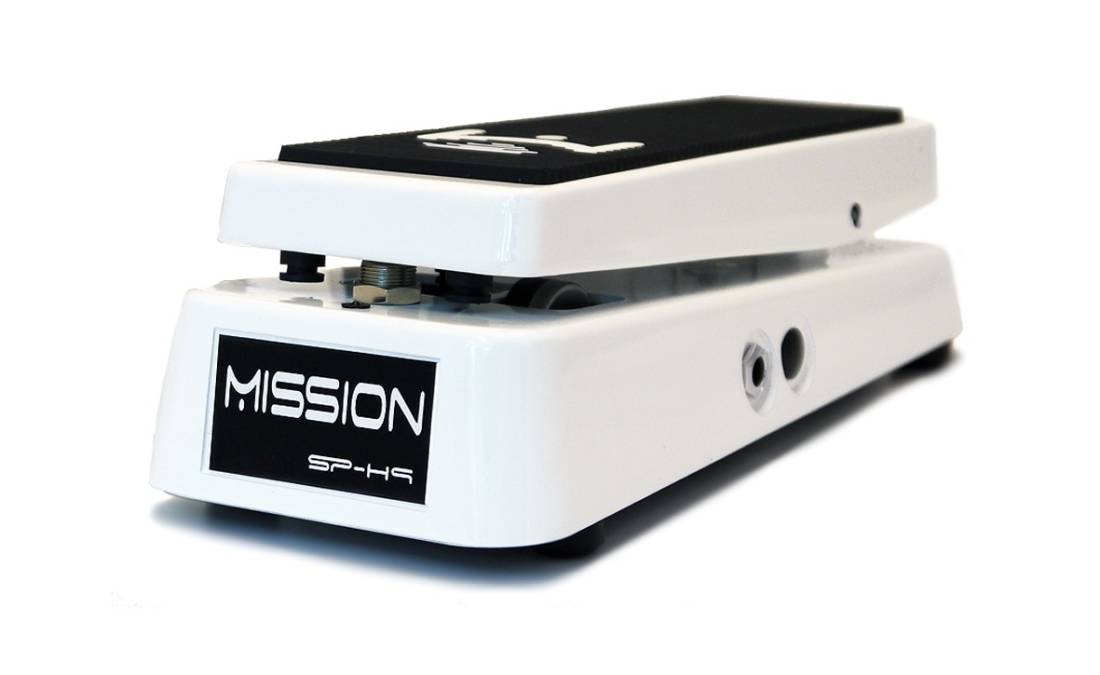
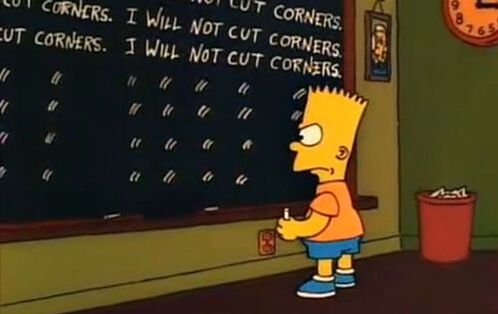
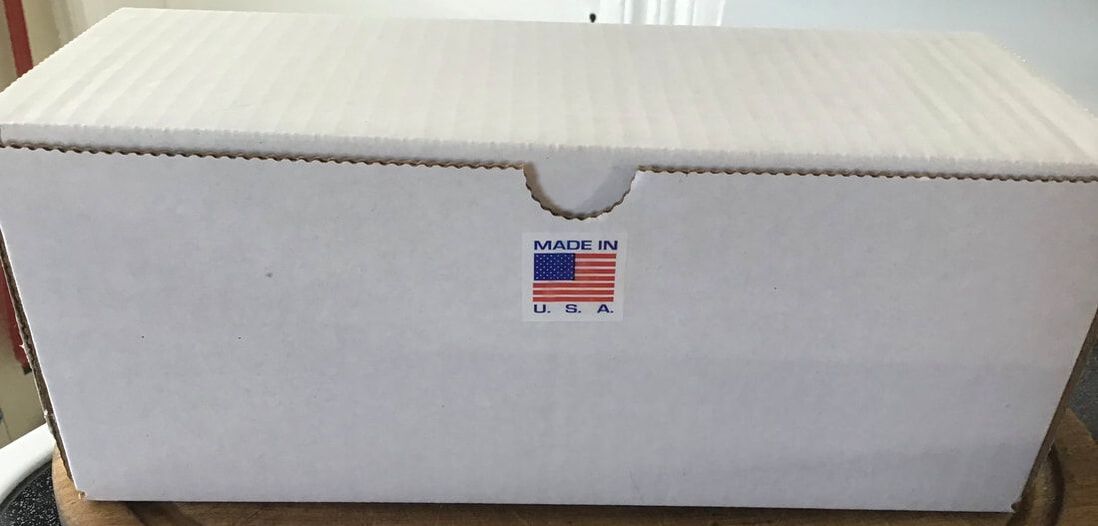
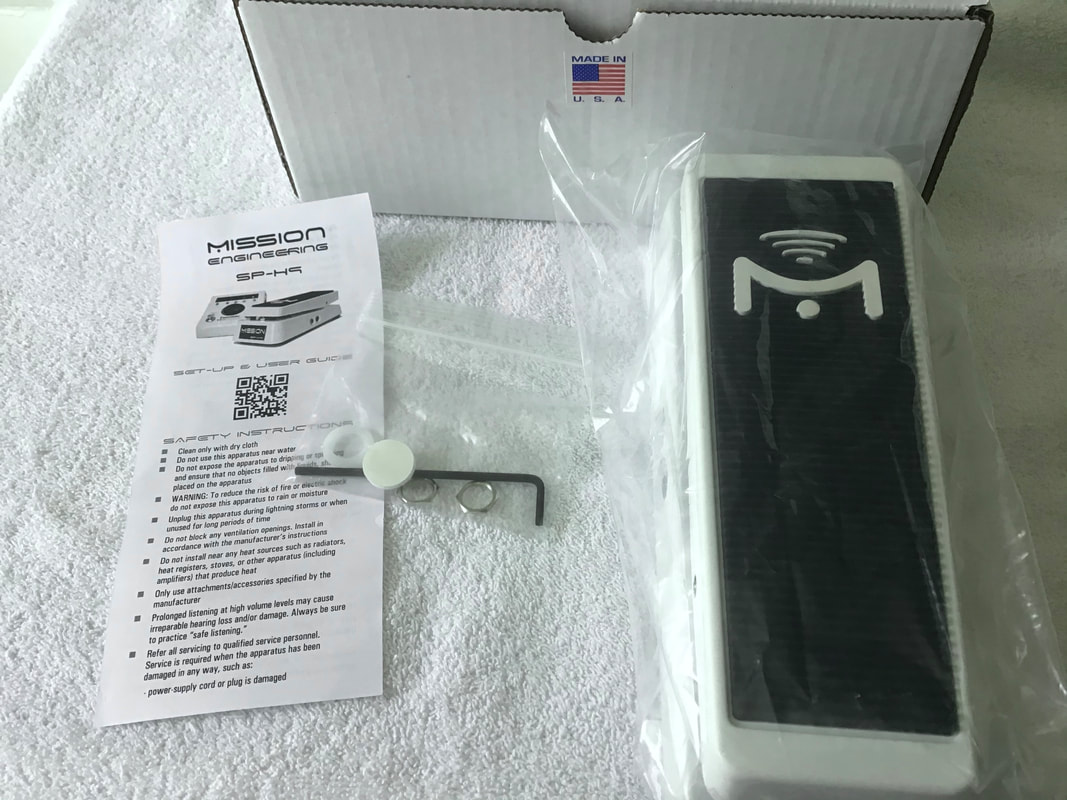
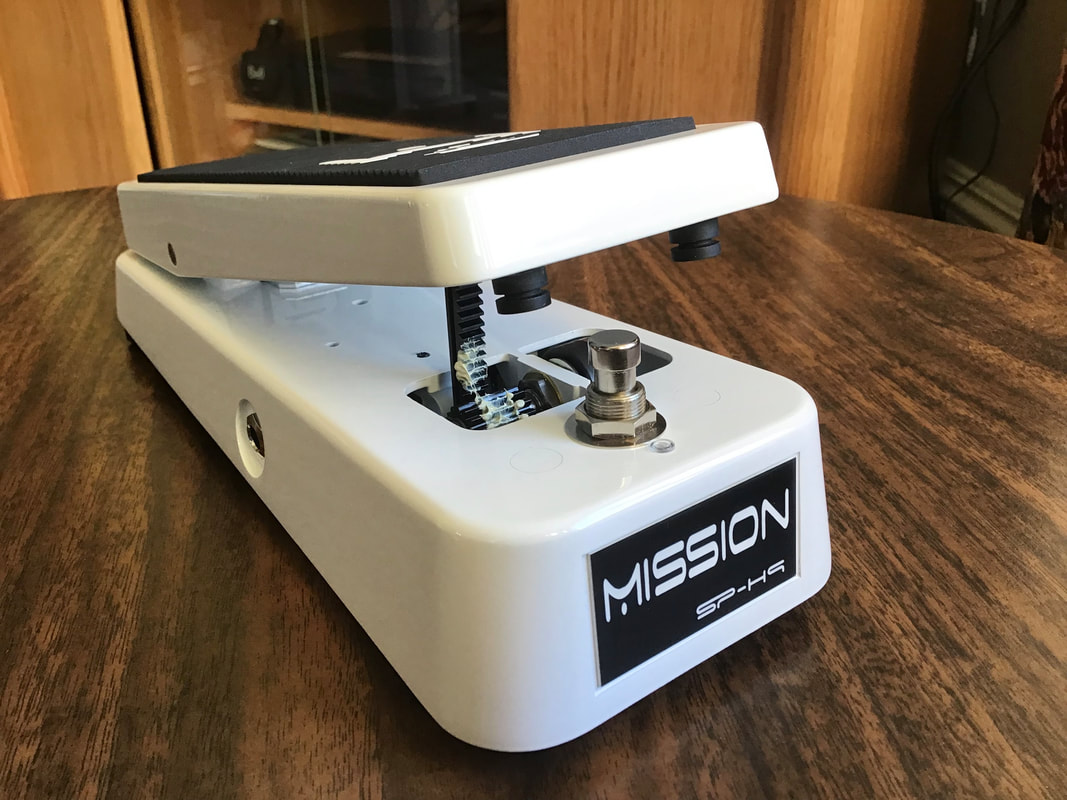





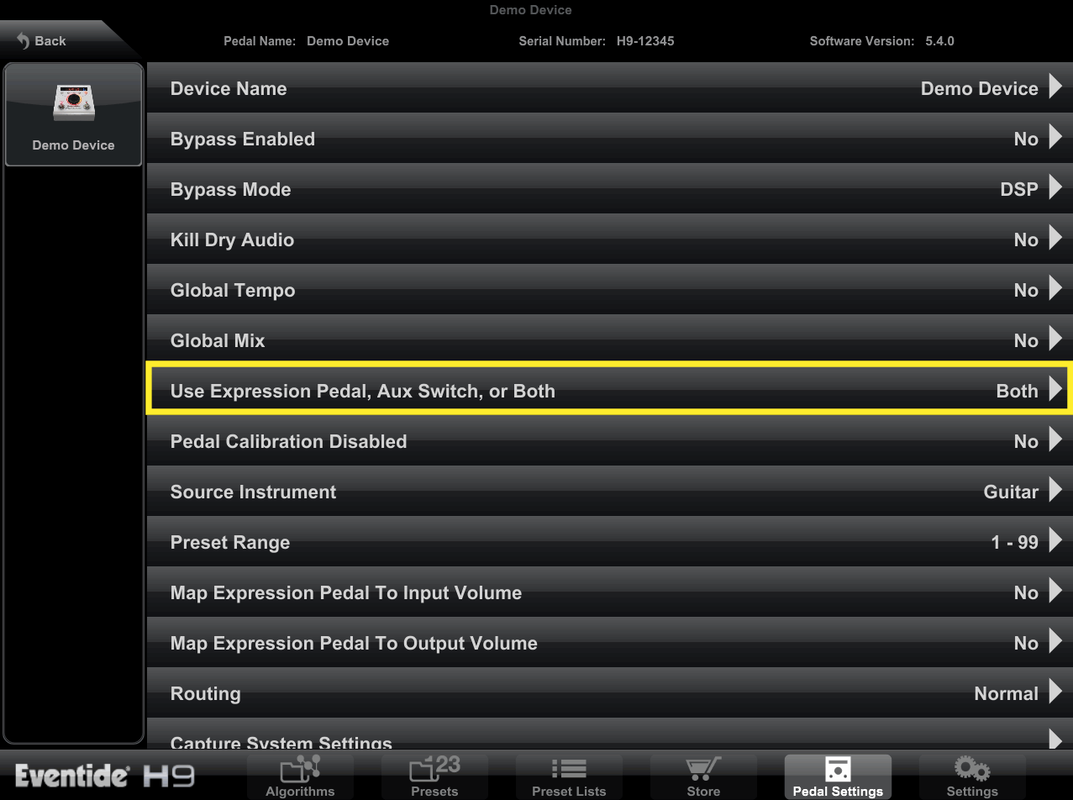

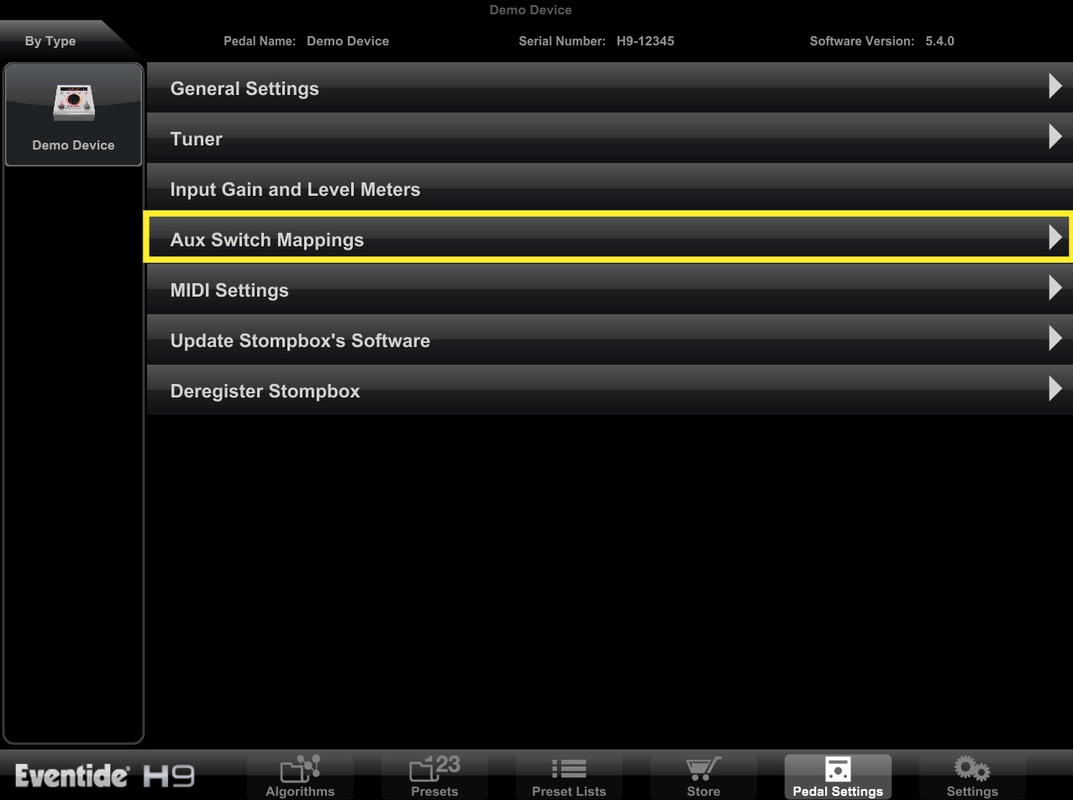
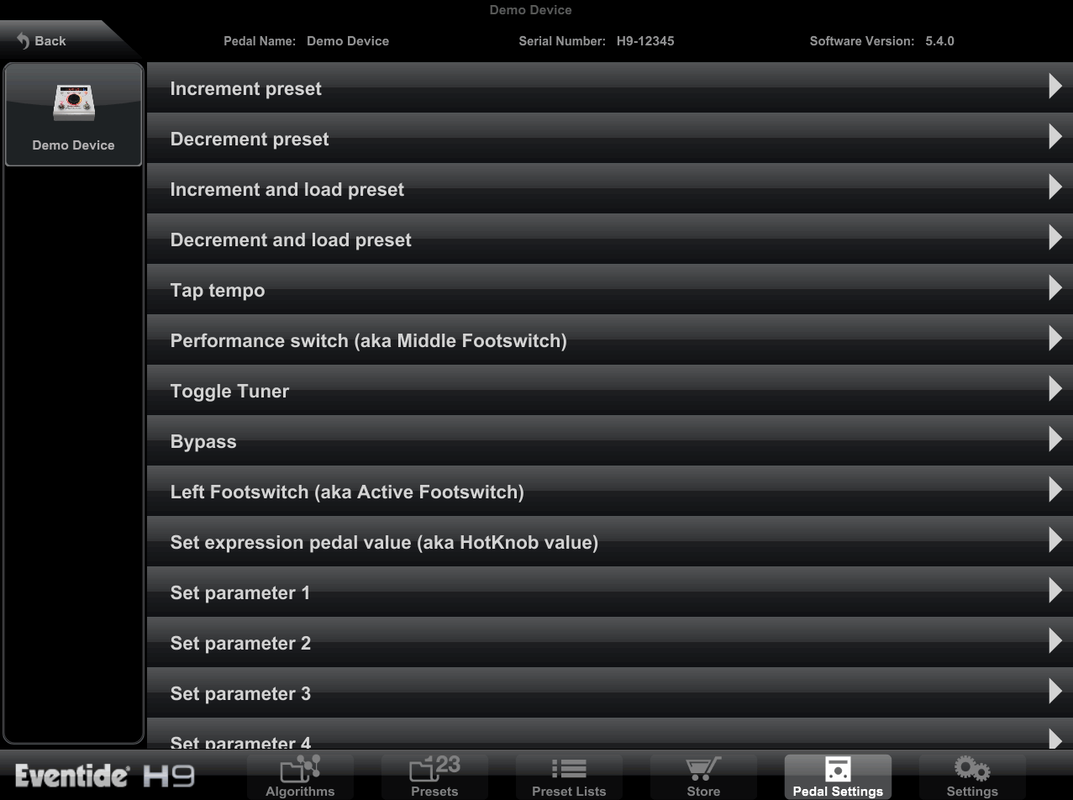
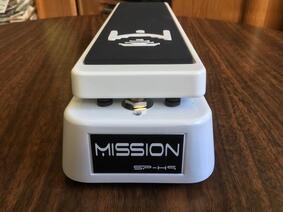
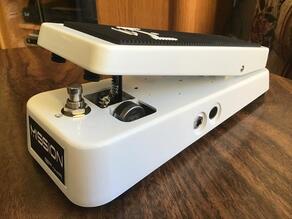
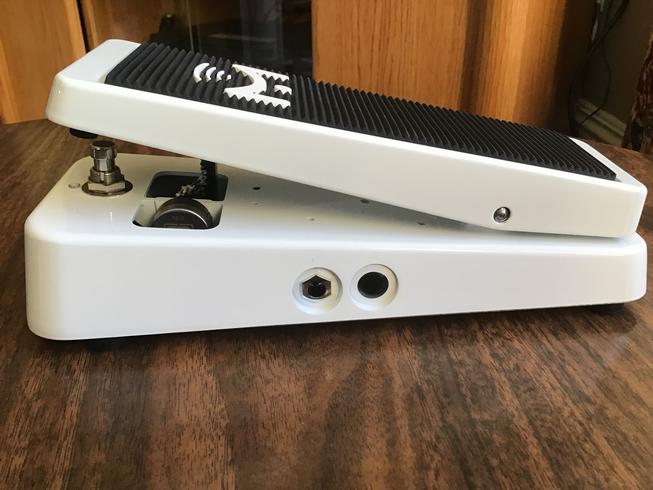




 15% OFF Summer Sale!
15% OFF Summer Sale!
 RSS Feed
RSS Feed

